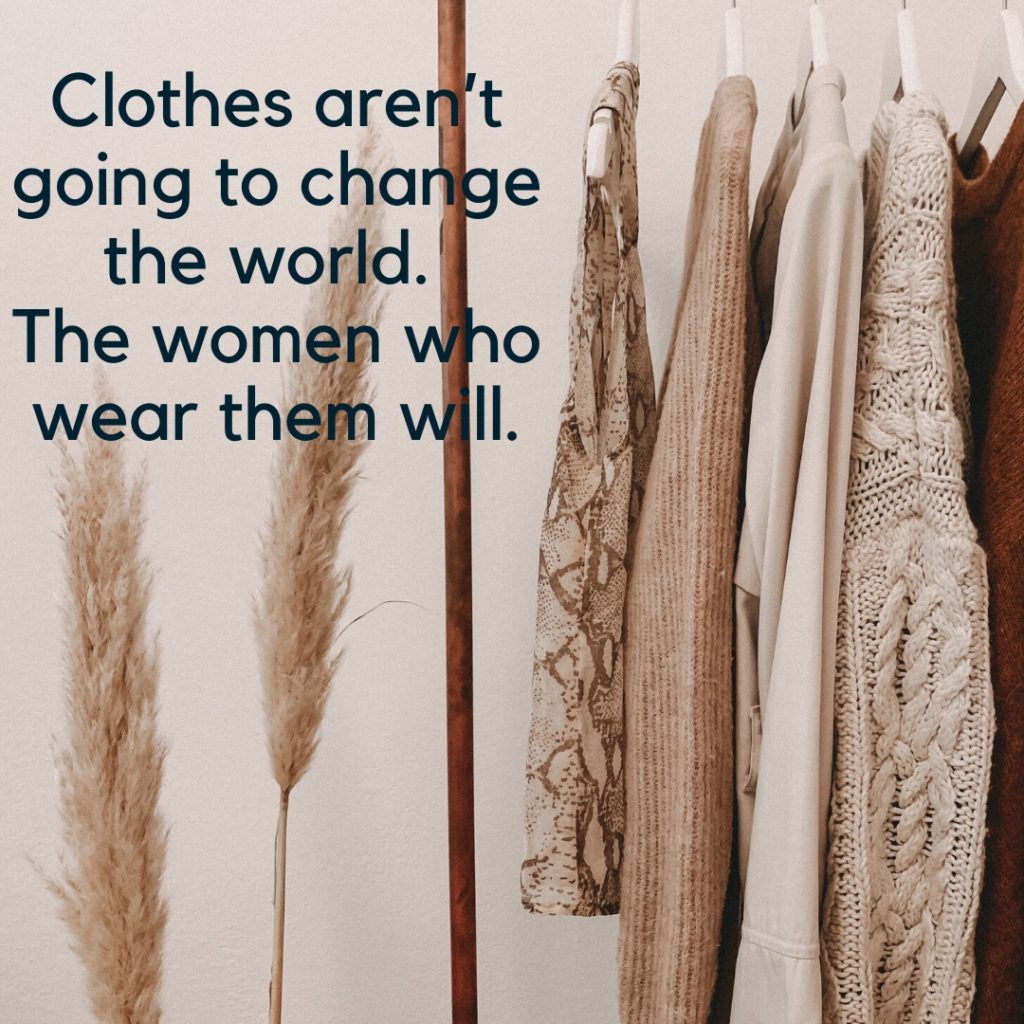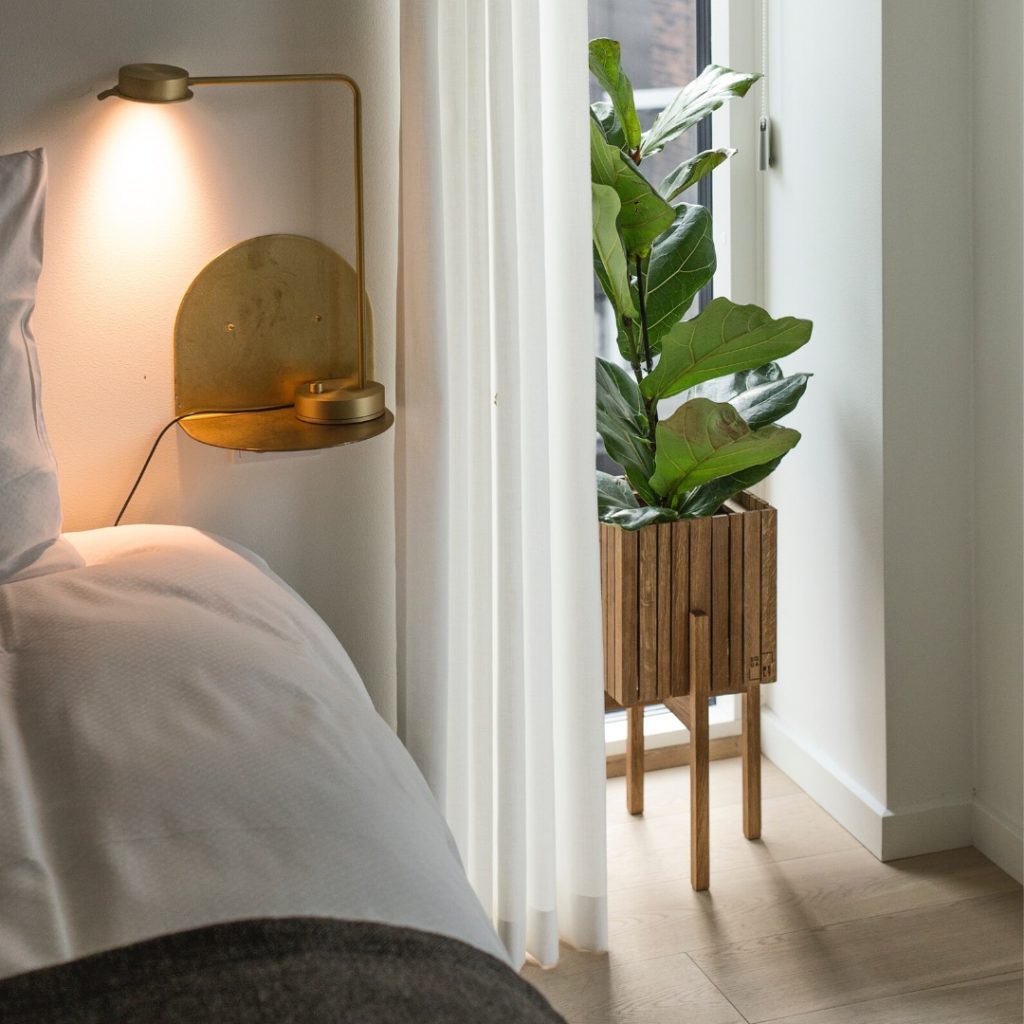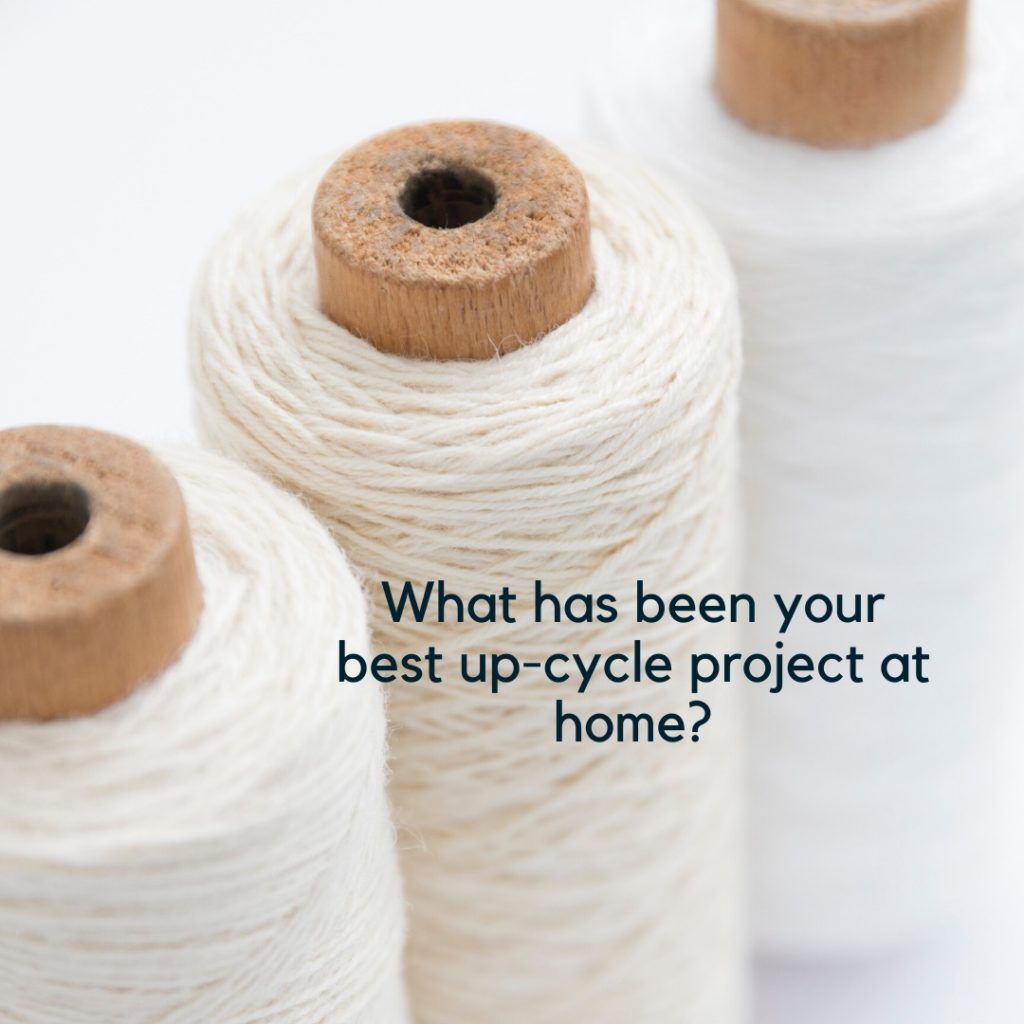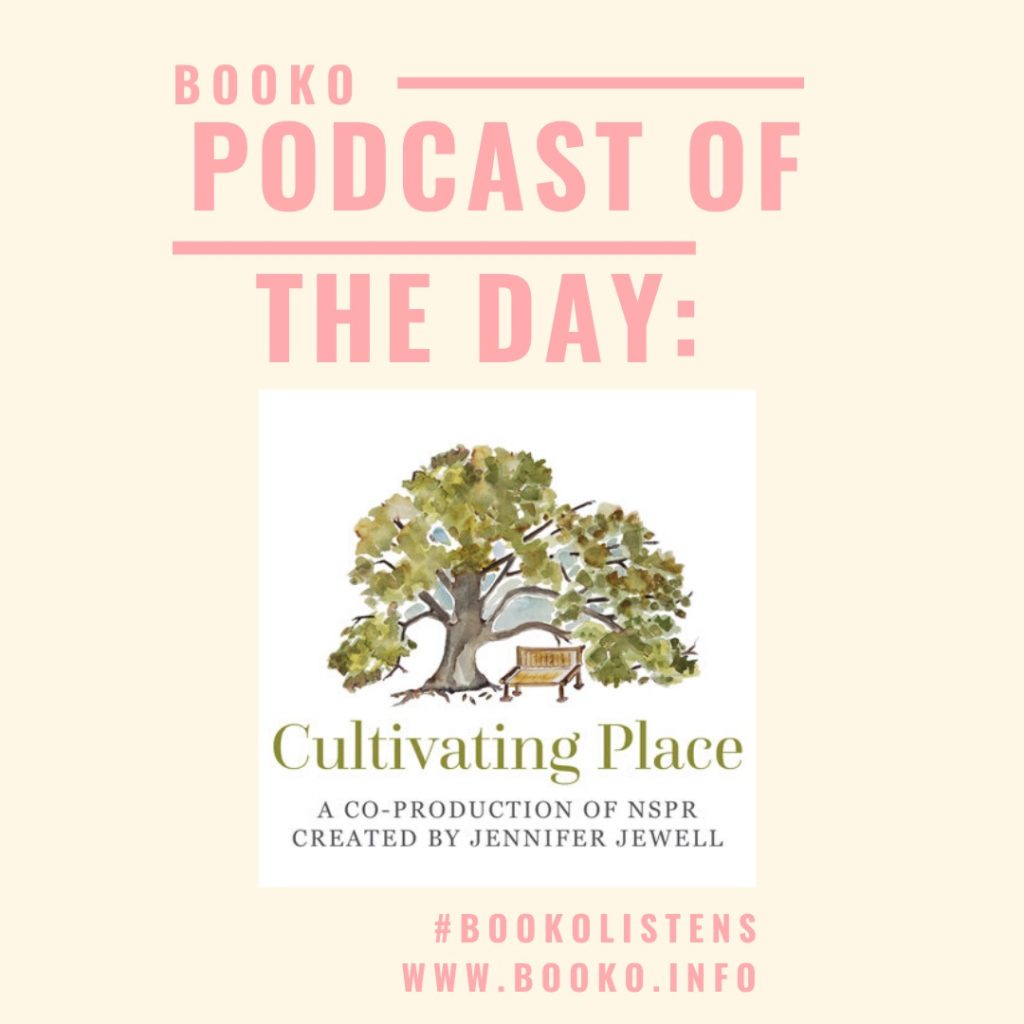We are rounding up our month’s spotlight on sustainable living this week with a focus on our wardrobes. It’s the one part of our homes in which we can make a huge difference fairly quickly but it’s also one that requires a little more research to find solutions that are truely sustainable.
It’s a tricky world of fashion, not all fabrics are sustainable and sometimes the ones that are have had to go through quite the chemical process to get there, leaving behind waste and impact on the planet. We have found some great books that aim to educate (without shaming your desire to look nice) us on the world of fashion and the choices that are now available to us.
Whatever you do, don’t just throw everything you already own out in an effort to have a sustainable wardrobe, because as we know, that can actually add more to our growing environmental concerns. Perhaps just use these books as a guide, or a friendly reminder that when you do pop out to do a bit of shopping, there are few things you may want to keep in mind.
Wardrobe Crisis by Clare Press
Who makes your clothes? This used to be an easy question to answer: it was the seamstress next door, or the tailor on the high street – or you made them yourself. Today we rarely know the origins of the clothes hanging in our closets. The local shoemaker, dressmaker and milliner are long gone, replaced by a globalised fashion industry worth $1.5 trillion a year. In Wardrobe Crisis, fashion journalist Clare Press explores the history and ethics behind what we wear. Putting her insider status to good use, Press examines the entire fashion ecosystem, from sweatshops to haute couture, unearthing the roots of today’s buy-and-discard culture. She traces the origins of icons like Chanel, Dior and Hermès; charts the rise and fall of the department store; and follows the thread that led us from Marie Antoinette to Carrie Bradshaw.
From a time when Ralph Lauren and Calvin Klein were just two boys from the Bronx, to the world of the global fashion juggernaut, where Zara’s parent company produces more than 900 million garments annually, Press takes us on an insider’s journey of discovery and revelation. Wardrobe Crisis is a witty and persuasive argument for a fashion revolution that will empower you to feel good about your wardrobe again.
Slow Fashion by Safia Minney
Slow Fashion offers creatives, entrepreneurs, and ethical consumers alike a glimpse into the innovative world of the eco-concept store movement, sustainable design, and business that puts people, livelihoods, and sustainability central to everything they do.
Safia Minney argues that the future of brick and mortar retail is in the best in fair trade, sustainability, and organic products, together with vintage and second hand goods and local produce. Restorative economics, the well-being of our planet, and our bodies and minds can be inspired by this growing sector, one that is shaping big business.
This book curates pioneering people and projects that will inspire you to be part of the change. International names include Livia Firth, Zandra Rhodes, and Lily Cole. American change-makers include Andrew Morgan, filmmaker (The True Cost, a ground-breaking documentary that asks us each to consider who pays the price for our clothing), and Dana Geffner (Fair World Project).
Slow Fashion profiles the people bringing the alternatives to the mainstream: designers, labels, and eco-concept stores across the world; fair trade producers; campaigns that are re-designing the fashion economy; and the fibres and fabrics which are making a difference.
Slow Clothing by Jane Milburn
Slow Clothing presents a compelling case for why we need to change the way we dress, to live lightly on Earth through the everyday practice of how we wear and care for our clothes. In an era dominated by passive consumption of cheap and synthetic fashion, Jane Milburn arrived at the Slow Clothing philosophy by refashioning garments in her wardrobe to provide meaning and story.
Jane tells her journey to Slow Clothing and provides ideas for you to easily implement. Slow Clothing reflects our own style and spirit, independent of fashion cycles. We buy thoughtfully, gain skills, and care for what we wear as an embodiment of ourselves. We – the wearers – become original, authentic and resourceful. We believe secondhand is the new organic and mending is good for the soul. In return, we are liberated and satisfied.
The Conscious Closet by Elizabeth Cline
From journalist, fashionista, and clothing resale expert Elizabeth L. Cline comes the definitive guide to building an ethical, sustainable wardrobe you’ll love. Clothing is one of the most personal expressions of who we are. In her landmark investigation Overdressed: The Shockingly High Cost of Cheap Fashion, Elizabeth L. Cline first revealed fast fashion’s hidden toll on the environment, garment workers, and even our own satisfaction with our clothes. The Conscious Closet shows exactly what we can do about it. Whether your goal is to build an effortless capsule wardrobe, keep up with trends without harming the environment, buy better quality, seek out ethical brands, or all of the above, The Conscious Closet is packed with the vital tools you need. Elizabeth delves into fresh research on fashion’s impacts and shows how we can leverage our everyday fashion choices to change the world through style. Inspired by her own revelatory journey getting off the fast-fashion treadmill, Elizabeth shares exactly how to build a more ethical wardrobe, starting with a mindful closet clean-out and donating, swapping, and selling the clothes you don’t love to make way for the closet of your dreams. The Conscious Closet is not just a style guide. It is a call to action to transform one of the most polluting industries on earth–fashion–into a force for good. Readers will learn where our clothes are made and how they’re made, before connecting to a global and impassioned community of stylish fashion revolutionaries. In The Conscious Closet, Elizabeth shows us how we can start to truly love and understand our clothes again–without sacrificing the environment, our morals, or our style in the process.
Green is the New Black by Tamsin Blanchard
Already loved and widely acclaimed by the fashion industry, Green Is The New Black now has even more fantastic tips and ideas that make saving the world with style easy! From the truth about fast fashion to the best biodegradable shoes, from guilt-free spending sprees to the joys of swishing parties this book is the chicest, greenest survival manual around. If you want to change the world, and your wardrobe, don’t go shopping without it! It also includes: – High street heroes – Sustainable style – Creating your own – Ethical bling – Green holidays and much, much more.
This is a Good Guide by Marieke Eyskoot
This is a good guide for a sustainable lifestyle. It’s as simple as that. Would you like to live more sustainable, but without putting a lot of time, effort or money into it? Then this is your book. It’s filled with practical and positive tips on fashion, beauty, food, home, work, travel and leisure, and shows that stylish and sustainable go very well together. And especially that’s about good, not perfect: about smart choices, doing what you can and what suits you. With this modern handbook, sustainable fashion and lifestyle expert Marieke Eyskoot makes green living fun and doable. The right addresses, beautiful labels, great places, surprising facts and handy solutions – exactly what you need. Because doing good and feeling good at the same time: this is what everyone is looking for.
Enjoy!





















